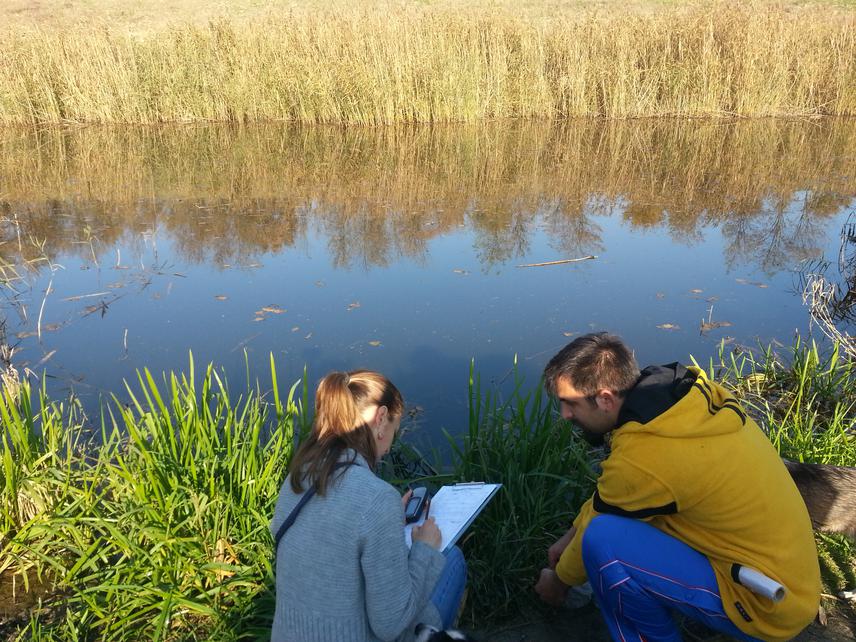Milovan Ilić
Determine otter distribution, describe habitats and create a basis for monitoring. Resolving conflicts between stakeholders and otters. Create volunteer network.

Otters are supreme predators and indicators of the trophic value and the status of freshwater ecosystems. Very slowly recovering due to the small demographic capacity, which is why the otter is sensitive species, and the survival of stable populations of this species is directly dependent on man's actions. In large number of ponds in Bačka region, according to preliminary information, otters are faced with the poaching. Impact of pollutants from agricultural production can be significant in this region. Data on otter distribution in Bačka, Province of Vojvodina, northern Serbia are scarce and outdated without a developed monitoring programs.
The project will help to identify the most important habitats for species survival and identify priorities for species conservation in Bačka region through distribution and density distribution data collected using a standard method that will allow easy comparison with other European populations and will give an overall picture of a population status at a regional and global level.
The publically available database, containing information on species distribution and density distribution, description of habitats, population size, roadkill records and morphometric features will allow long-term monitoring of Eurasian otter populations and changes in habitat quality by different surveyors. During the project, only one year pilot version will be built in order to collect user’s suggestions to create a final version of the database. Identification of species habitat requirements and construction of habitat suitability models will determine priority areas for conservation based on the quality of habitat and its connectivity.
The project will explore the impact of Eurasian otters on ichthyofauna in three fish-ponds in Bačka (Bač, Krstur i Ečka) and propose guidelines for mitigation of human-wildlife conflict, as well as initiate dialogue with key stakeholders (government agencies, fishing and hunting associations, scientists and members of the public). We believe that the effective human-wildlife resolution program, along with the proposed mitigation measures will contribute to accurate assessment of damage, provide a basis for future compensation schemes in the Province of Vojvodina, building trust between stakeholders and stimulant fisherman tolerance toward otters.
Education through series of lectures about ecological value of Eurasian otters and sharing of promotional material, demonstration sign of occurrence on field, and damage assessment training at fish ponds will be implemented with these project with aim increase public awareness and building volunteer network to establish a long term monitoring program and ensure the survival of species and its habitats.